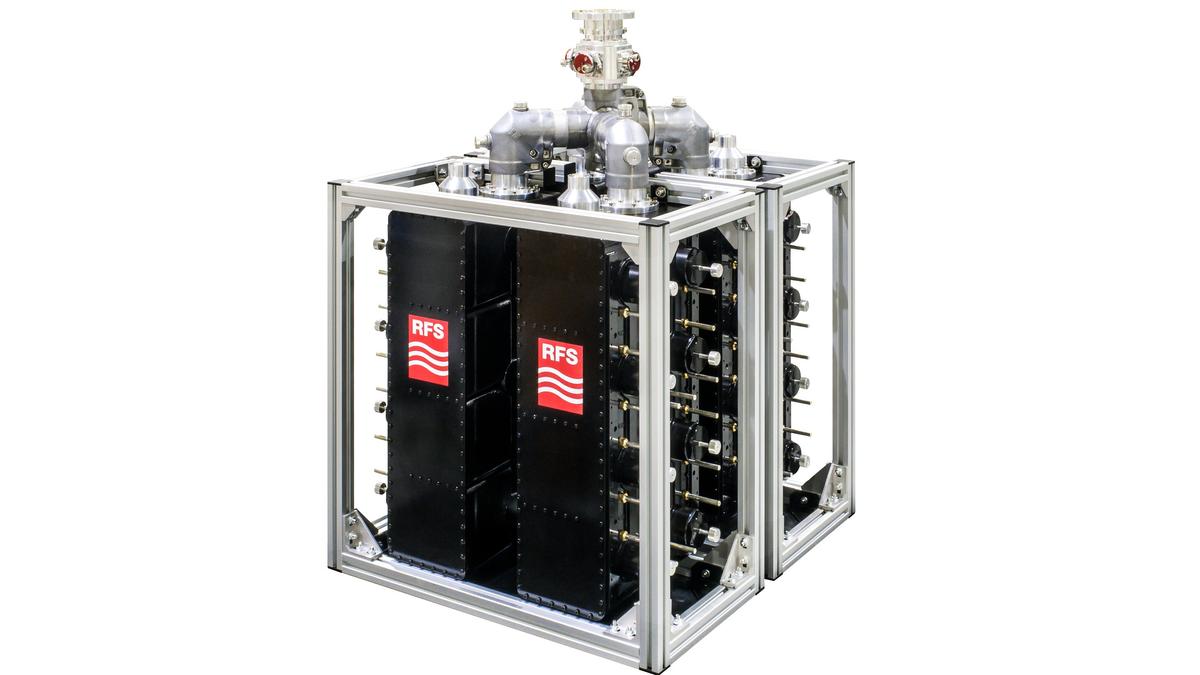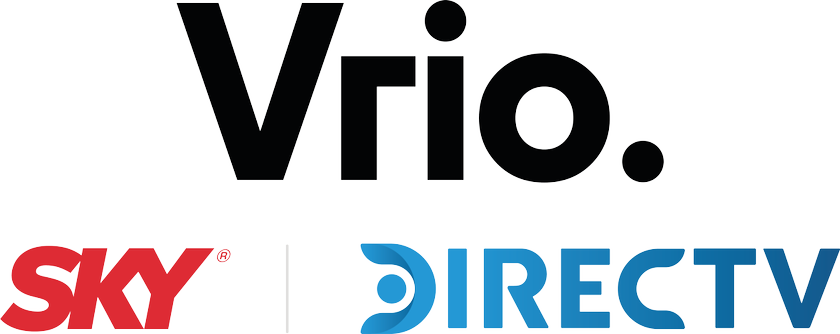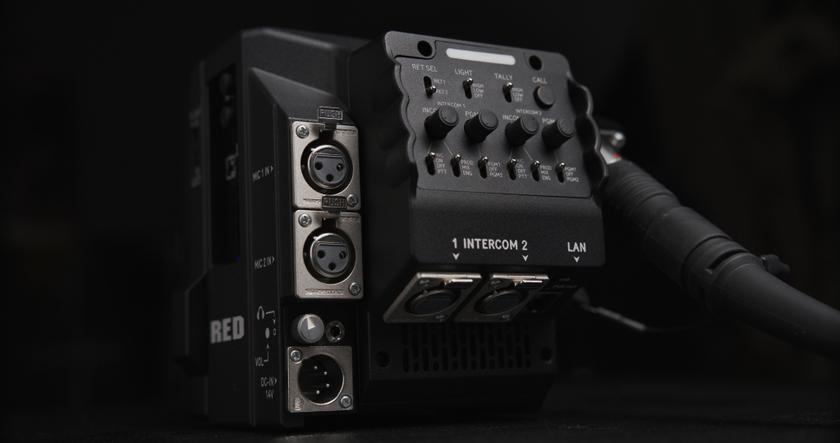RFS Launches ATSC 3.0 Portfolio for SFNs
NextGen TV portfolio includes broadband antennas and pattern selection tools

MERIDEN, Conn.—Radio Frequency Systems (RFS) has announced it is ready to ship its new portfolio of ATSC 3.0 transmission solutions aimed at supporting U.S. broadcasters wishing to deploy single frequency networks to serve their markets with NextGen TV service.
The company designed the solutions specifically to SFN-related challenges. The portfolio includes broadband antennas with front-back radiation patterns and sophisticated antenna selection tools to assist broadcasters in selecting the right antenna pattern to cover their entire region without encroaching on neighboring markets, it said.
The antennas are light, easy-to-deploy and offer a low wind load. They are simple to install on existing towers to support SFN deployment, the company said.
RFS also is offering a line of combiners and filters to meet the needs of broadcasters looking to deploy 3.0 service.
The solutions are designed with the flexibility to enable broadcasters to evolve service over the next decade to satisfy possible future requirements for 5G broadcast, the company said.
“Despite the hype, 5G broadcast for the U.S. market is not feasible while 5G technology is in its infancy,” said Nick Wymant, RFS global product manager, broadcast. “The size of the population, geography and market set up in the U.S. make the next-generation TV standard an absolutely essential step in the evolution of over-the-air broadcast. We are delighted to offer a range of solutions that not only deliver on next-generation possibilities but are futureproofed for further evolution.”
The portfolio includes:
- NG Series: Broadband antennas for multichannel NextGen TV networks. The high-power rating and broadband performance allow multiple channels to be transmitted from an SFN site, reducing capital costs and providing consistent coverage across channels;
- NG-RBL and NG-SBL Series antennas: Antennas with reduced back radiation for difficult site location network planning scenarios. These offer an easy way to meet FCC requirements without resorting to large reductions in radiated power;
- CS Series: These Starpoint combiners offer an economical and compact solution for combining non-adjacent channels at multichannel SFN sites, while minimizing site infrastructure costs;
- CA Series: Constant impedance balanced combiners offering a high-performance solution for combining both adjacent and nonadjacent channels at multichannel SFN sites;
- HCA Series: Heliflex Air-Dielectric Coaxial Cable is fully broadband and well-suited for the requirements of multichannel SFN sites. Additionally, the Heliflex connectors offer quick installation, excellent gas tightness and extremely low losses;
- Advanced RF simulation and modelling to ensure optimum network performance.
More information is available on the RFS website.
Get the TV Tech Newsletter
The professional video industry's #1 source for news, trends and product and tech information. Sign up below.
Phil Kurz is a contributing editor to TV Tech. He has written about TV and video technology for more than 30 years and served as editor of three leading industry magazines. He earned a Bachelor of Journalism and a Master’s Degree in Journalism from the University of Missouri-Columbia School of Journalism.













